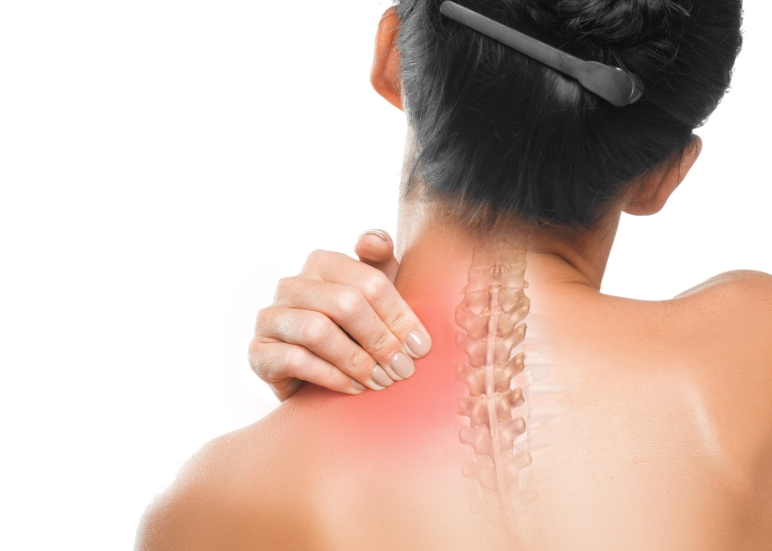Cancer stage, chemotherapy treatment, hormonal treatment, menopause status, physical activity and smoking history increase risk of bone fracture for cancer survivors.
Adult cancer survivors, specifically those who have received chemotherapy, hormonal blockade therapy and/or a diagnosis within five years, are at an increased risk for bone fractures.
Recent studies published JAMA Oncology, also demonstrated decreased risk for physically active survivors and increased risk for smokers.
“These findings are important as the number of cancer survivors living in the United States is projected to rise to 26.1 million by 2040. Research like this seeks ways for cancer survivors to have a better quality of life after their diagnosis,” said Dr. Erika Rees-Punia, senior principal scientist, behavioral and epidemiology research at the American Cancer Society and lead author of the study, in a press release. “Fractures of the pelvis and vertebrae are more than just broken bones – they are serious and costly.”
Rees-Punia, et al analyzed the association between cancer stage and time of diagnosis with risk of pelvic, radial and vertebral fractures compared to adults without a history of cancer including behavior, lifestyle and type of cancer treatment.
Among 92,431 participants included in the study, 12,943 experienced a frailty-bone fracture. Cancer survivors who were diagnosed with an advanced cancer stage within five years were at the highest risk for bone fractures compared to those without a history of cancer. Osteoporotic fractures occurred in vertebrae, pelvis and hip.
Additionally, cancer survivors who received chemotherapy had a higher rate of fracture, compared to those who did not receive chemotherapy.
“We hope our findings will inform clinical guidance on fracture prevention, which could incorporate physical activity with exercise cancer professionals and smoking cessation programs, to improve quality of life after a cancer diagnosis,” Rees-Punia added.
Additional risks related to loss of bone density include malnutrition, persistent stress and elevated cortisol, use of steroid hormones, hyperthyroidism, estrogen and androgen hormone blockade therapies, oophorectomy, menopause, extended convalescence.
While clinicians primarily focus on risk of osteoporosis and bone fracture in women, men can also develop fracture risk and loss of bone mass. Men with low testosterone and androgens as well as men with prostate cancer being treated with androgen deprivation therapy should also be monitored for fracture risk and bone health.
Recommended Patient Guidance and Screening to reduce risk of bone fracture include
- Bone Mineral Supplements Daily. (Copper free and including bone minerals and co factors)
- Adequate intake of protein daily
- Regular weight bearing and resistance exercise
- Active vs. Sedentary Lifestyle Support
- Stop Smoking Support
- Appropriate Bone Density Scans (DEXA)
- Appropriate N-Telopeptide Crosslinks Urine Tests to assess rate of turnover of bone minerals
- Consultation with physician to determine if anti-resorptive or hormonal medication may be of benefit to manage bone density and fracture risk
Selected References
Rees-Punia E, Newton CC, Parsons HM, et al. Fracture Risk Among Older Cancer Survivors Compared With Older Adults Without a History of Cancer. JAMA Oncol. Published online November 03, 2022. doi:10.1001/jamaoncol.2022.5153
Suarez-Almazor ME, Pundole X, Cabanillas G, Lei X, Zhao H, Elting LS, Lopez-Olivo MA, Giordano SH.
JAMA Netw Open. 2022 Apr 1;5(4):e225432. doi: 10.1001/jamanetworkopen.2022.5432.
PMID: 35363269
Daya NR, Fretz A, Martin SS, et al. Association Between Subclinical Thyroid Dysfunction and Fracture Risk. JAMA Netw Open. 2022;5(11):e2240823. doi:10.1001/jamanetworkopen.2022.40823
Bauer DC. Clinical Use of Bone Turnover Markers. JAMA. 2019;322(6):569–570. doi:10.1001/jama.2019.9372



